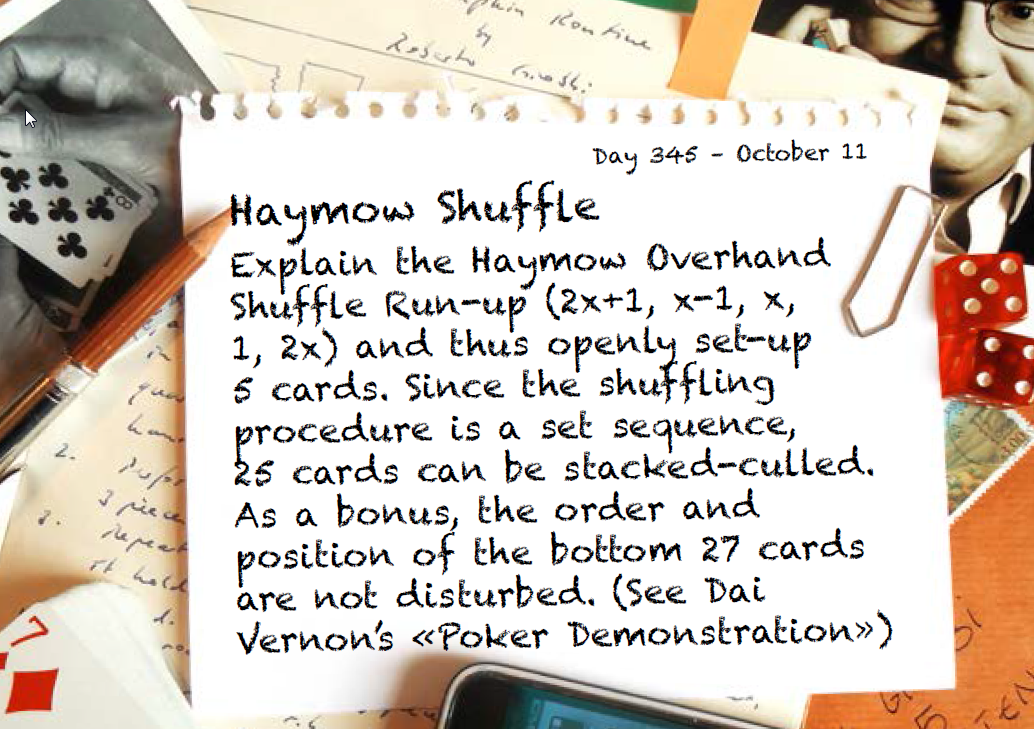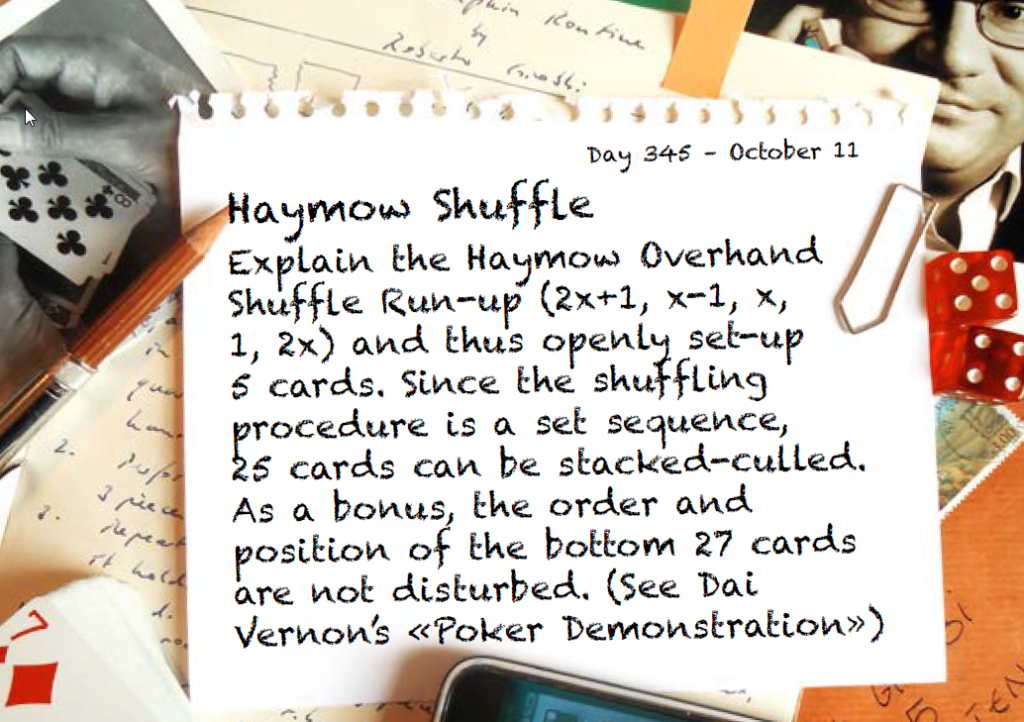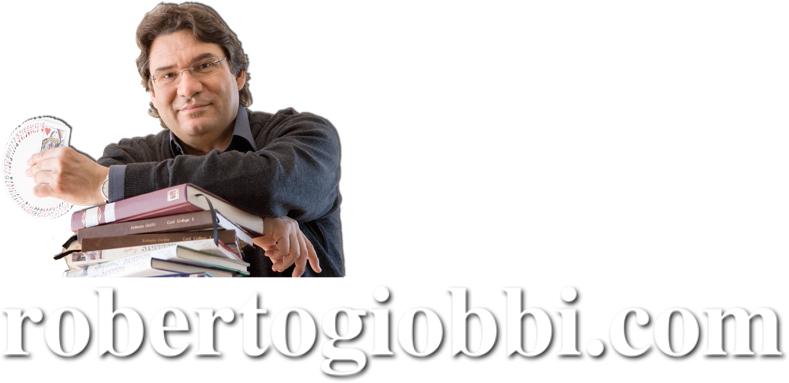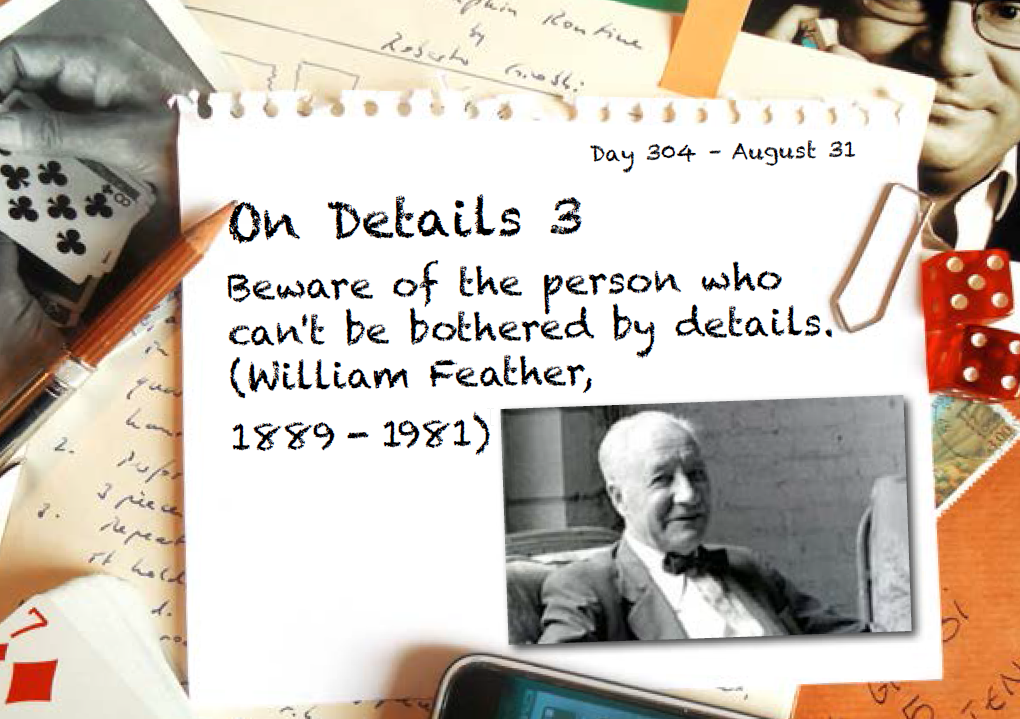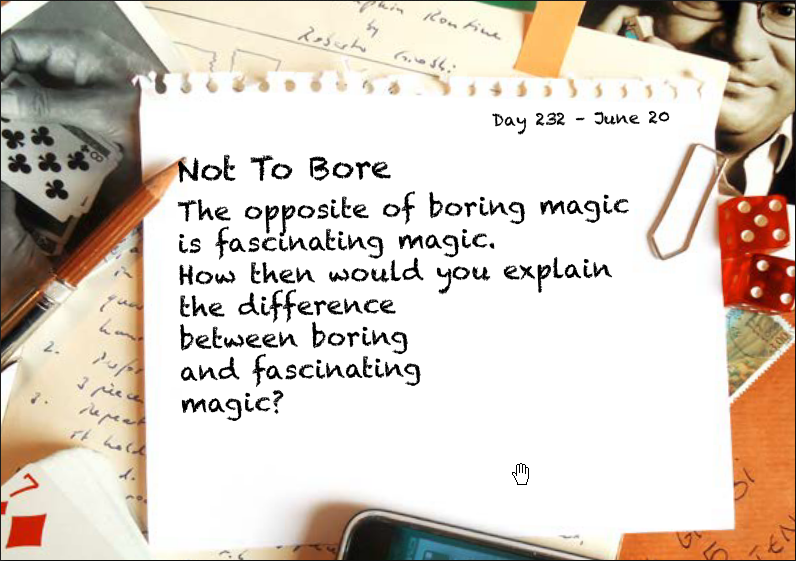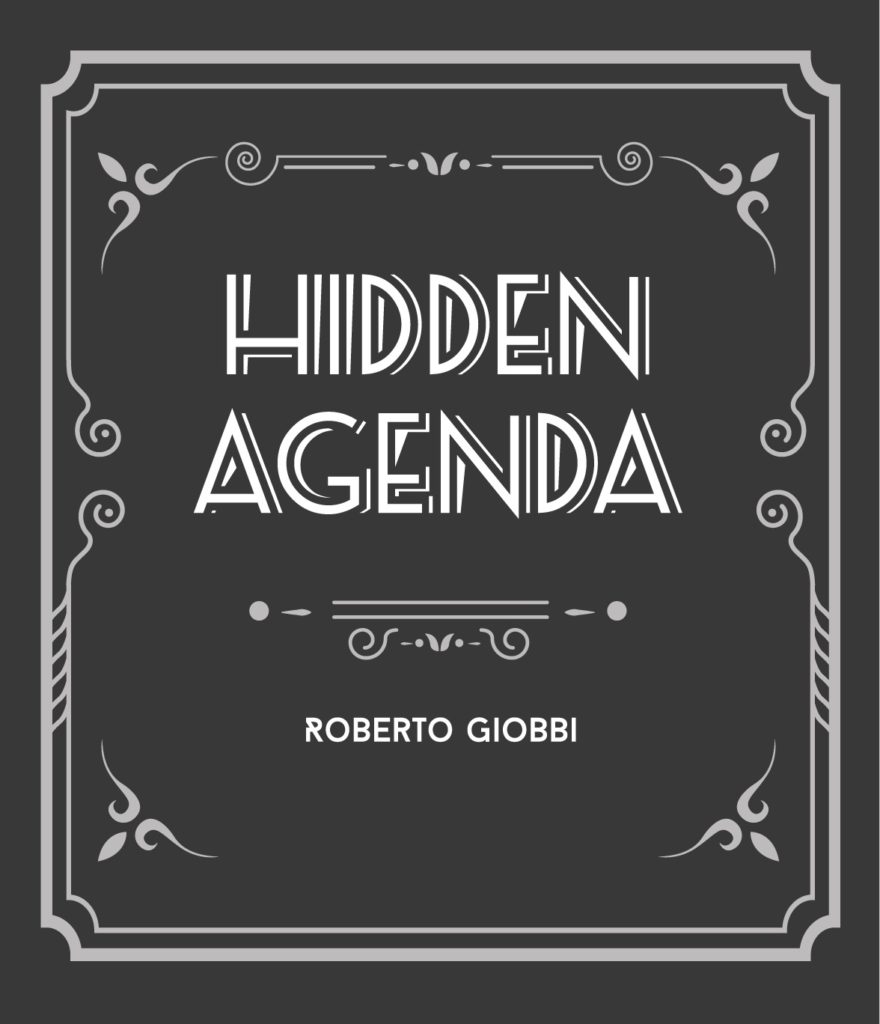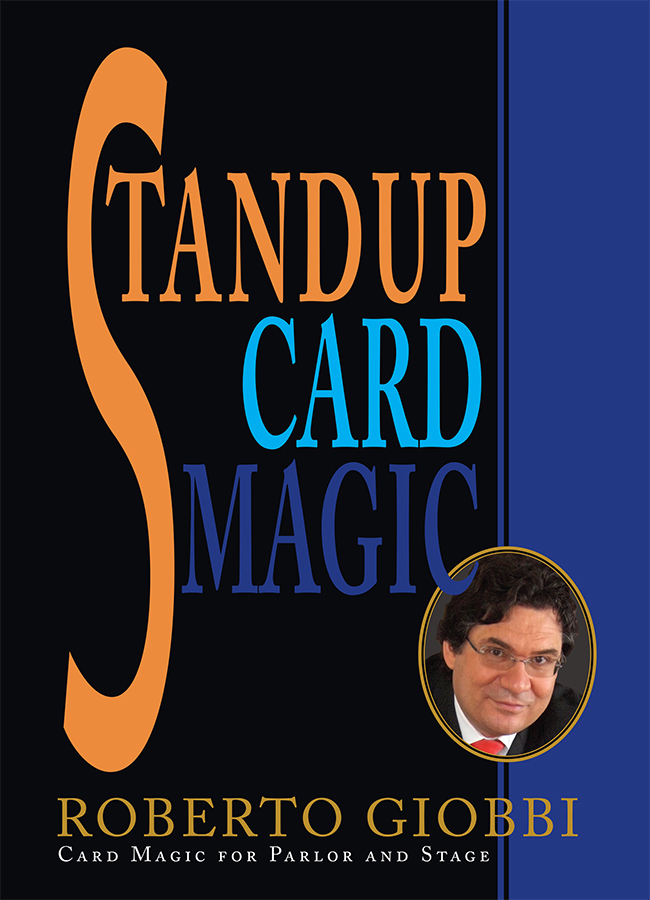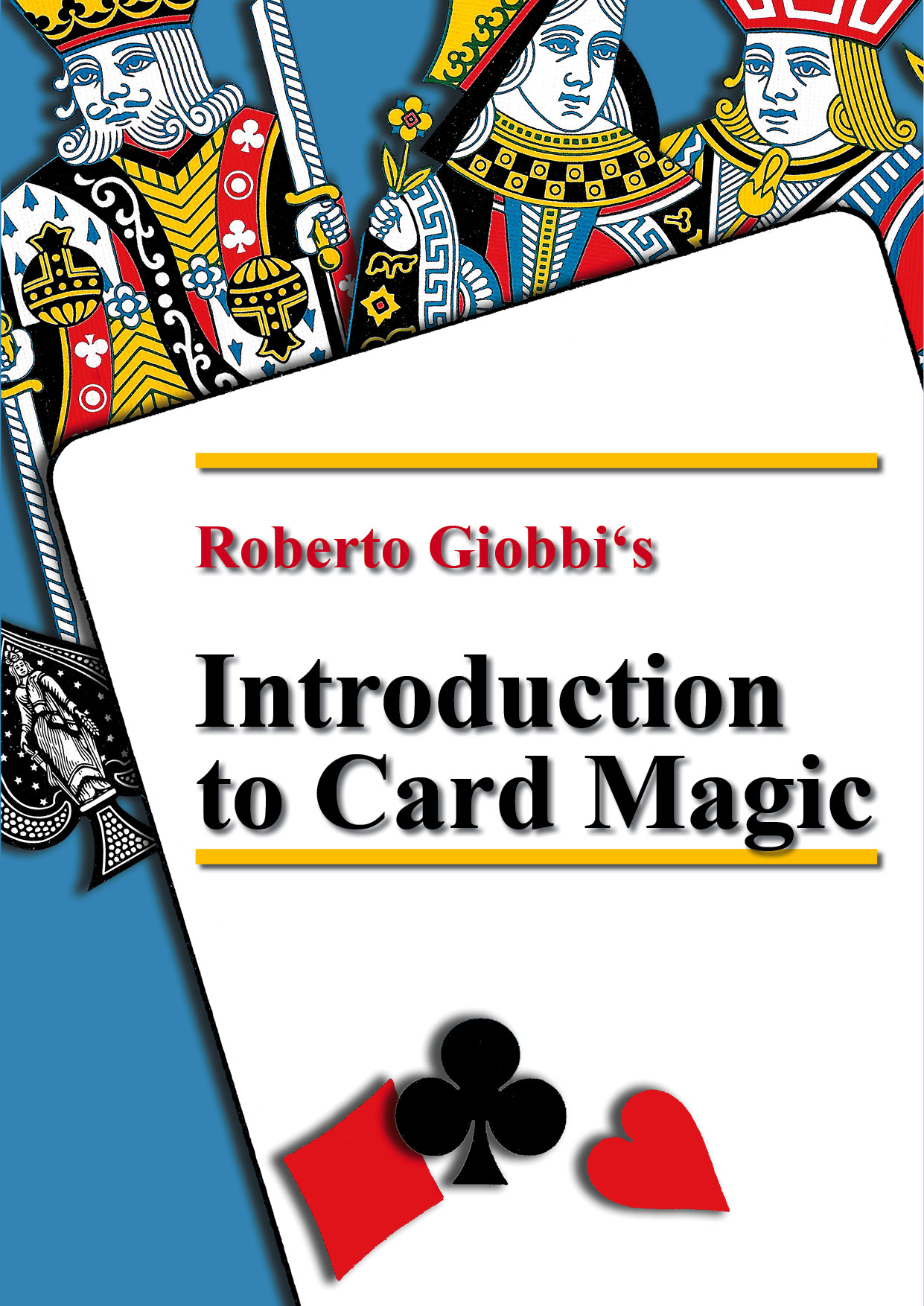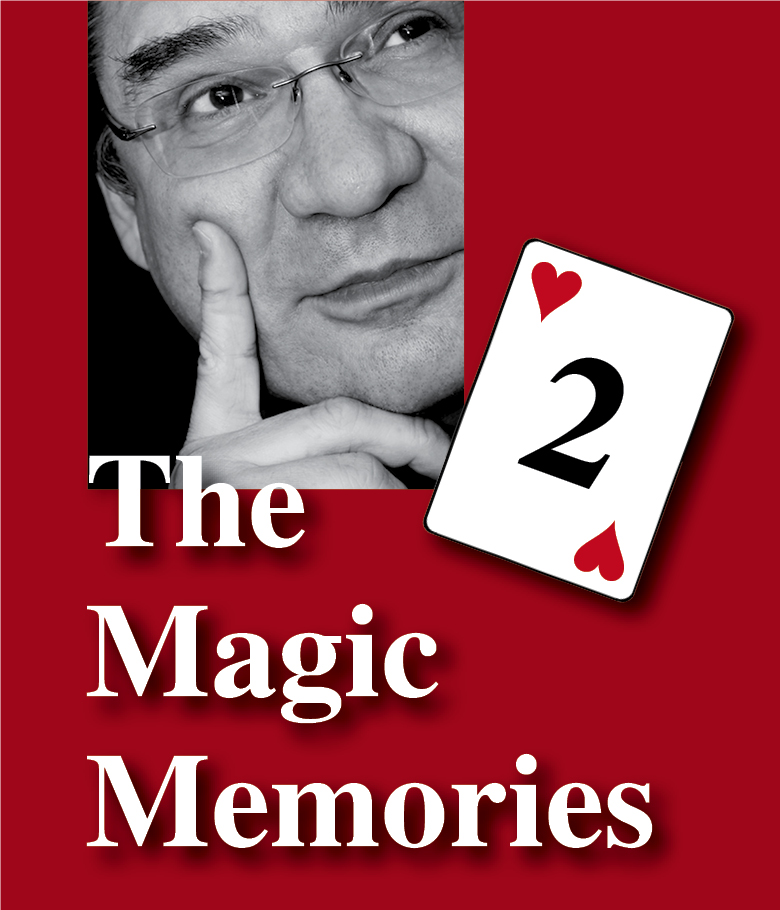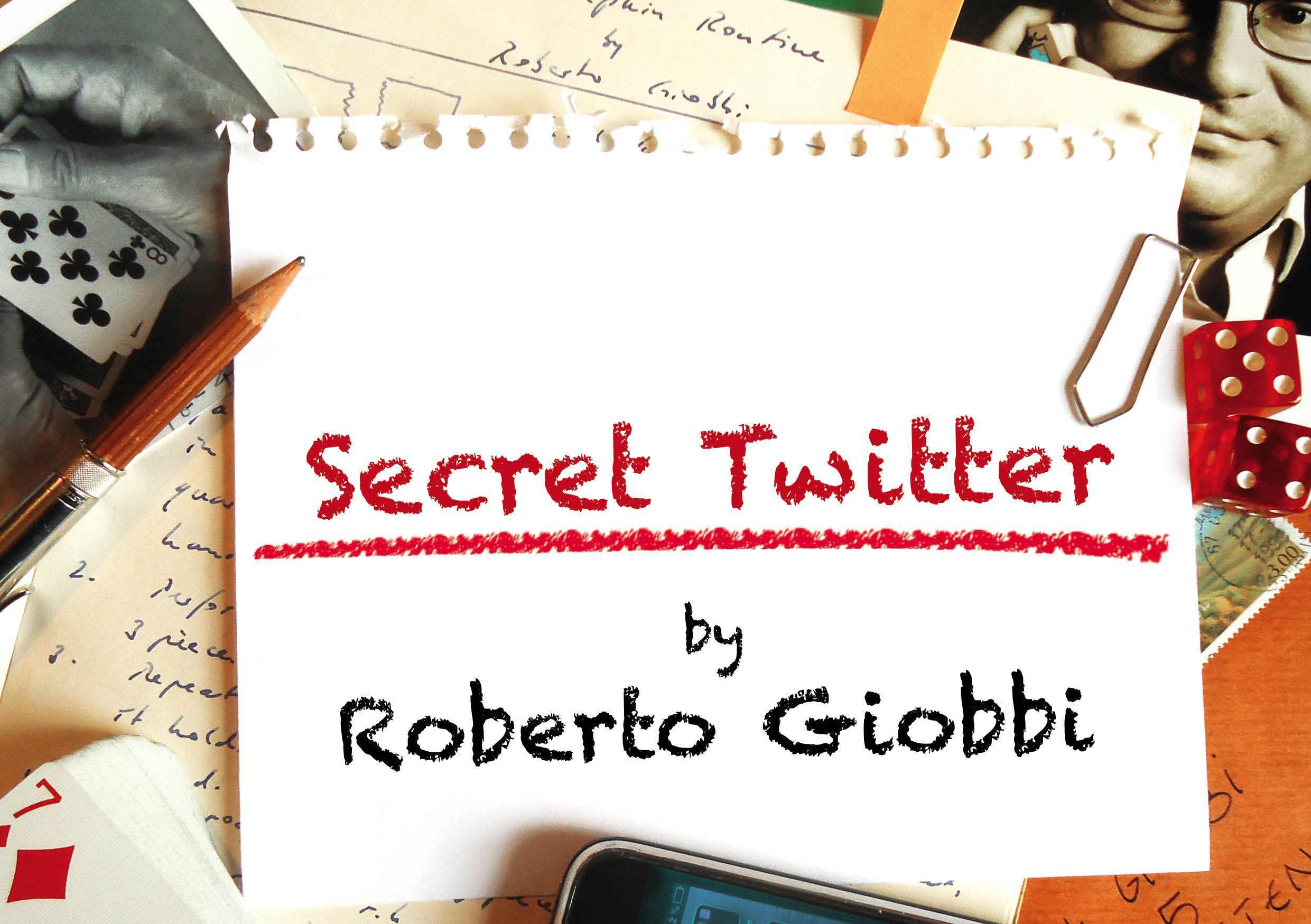
Secret Twitter di Roberto Giobbi e’ stato un esperimento curioso… Se non lo conoscete leggete questo articolo. In breve si tratta di una versione “social”, dei due libri Secret Agenda e Hidden Agenda.
Quello che mi affascina della Magia non e’ il “metodo”, il trucchetto, il meccanismo tecnico con cui si esegue un effetto, ma principalmente il “Pensiero Magico”, la Storia, i ragionamenti che vengono sviluppati e rendono il metodo un effetto, una vera Magia.
Ci sono tantissimi artisti e studiosi che hanno un Pensiero Magico bello e completo, che con una parola, una riflessione, non strettamente inerente alla Magia, riescono ad far scoccare una scintilla nei nostri ragionamenti, aiutandoci a comprendere meglio la Magia ed a rendere più forti ed emozionanti le nostre esibizioni. Un po come “101 Storie Zen“, se mi permettete l’accostamento, dove attraverso aneddoti si cercano di spiegare concetti molto profondi.
Roberto Giobbi e’ uno di questi artisti, e nel suo Secret Twitter, ancora una volta, lo ha dimostrato. In ben 426 Tweet, uno al giorno, ha dato una gigantesca mole di informazioni, concetti, idee per creare un proprio Pensiero Magico.
Read the full review http://www.prestigiazione.it/wp/2017/02/secret-twitter-di-roberto-giobbi-recensione/
or
Read the Google translation https://translate.google.com/translate?hl=it&sl=it&tl=en&u=http%3A%2F%2Fwww.prestigiazione.it%2Fwp%2F2017%2F02%2Fsecret-twitter-di-roberto-giobbi-recensione%2F
